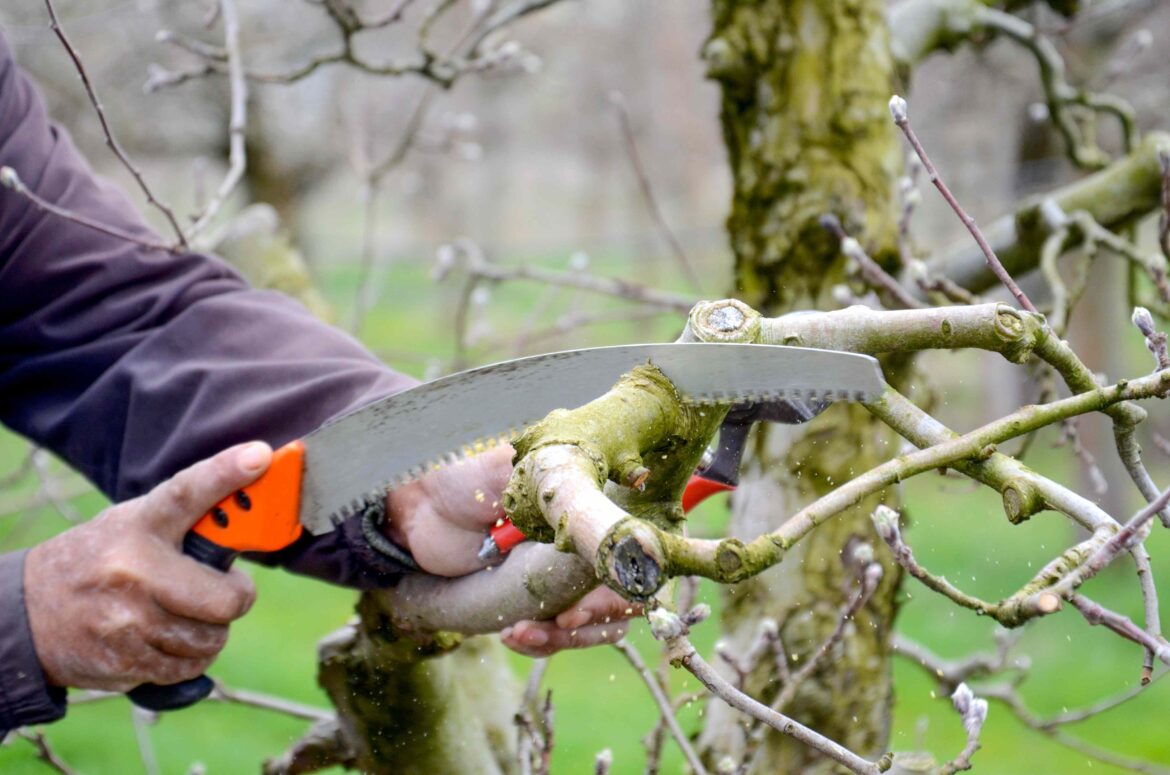Key Takeaways
Failing to prune trees can lead to structural weakness in limbs and the overall stability of the tree.Weak or too-large trees can cause thousands in damage, threaten injury, and cause power outages.Failure to prune fruit-bearing trees will result in a poor crop the next season.
Winter is the ideal time to prune almost all types of trees because they are in dormancy. Pruning a tree helps promote new growth, increase flowering and fruit production, promote healthy new growth, increase sunlight and air circulation, and maintain a desired shape and size.
Failure to inspect a tree and remove dead or damaged limbs can lead to structural weakness and decrease the stability of the tree, especially during storms. Tree-related property damage costs homeowners billions of dollars annually.
Here are six serious problems, including fatalities, that can occur if you avoid regular tree pruning.
Meet the Expert
Andrew Pelfrey is the owner and founder of Pelfrey Company Tree Service in Atlanta, Georgia.
Chad Campbell is deputy director of consumer services at the South Carolina Office of Regulatory Staff.
Structural and Roof Damage to Homes
Failure to inspect an older tree or never pruning it at all can lead to thousands of dollars in damage. Tree service expert Andrew Pelfrey has seen many trees taken down by storms due to their old age or poor maintenance. He recalls one instance specifically, on a stormy Atlanta night.
“The tree, weakened by years of neglect, split down the middle and crashed onto the customer’s home, causing severe damage to the roof, windows, and structure,” he says. “Thankfully, no one was hurt, but the aftermath left the family with costly repairs.”
Getting trees regularly pruned and inspected by experts can prevent this kind of damage from happening.
Want more gardening tips? Sign up for our free gardening newsletter for our best growing tips, troubleshooting hacks, and more!
Fatalities
While daily deaths from falling trees or large limbs are rare, they do happen. Seemingly healthy trees may be diseased, and limbs can fall with little warning.
However, during a storm, the statistics change. According to the National Hurricane Center’s final report, 61 of the 65 deaths attributed to 2024 Hurricane Helene’s winds were due to falling trees.
To help prevent fatalities, trees should be inspected regularly by a certified arborist to assess their health and stability.
Automobile Damage
While a large tree can easily crush a car, even smaller limbs can cause severe damage and even cause fatal accidents.
Power Outages
Trees and utility lines are not good companions.
“A power outage may happen when tree limbs come in contact with power lines, especially during harsh weather, and the energized tree limbs are a safety hazard to anyone who touches the tree,” says electricity expert Chad Campbell. “Homeowners should not hire a private tree contractor to work on trees near power lines or attempt to do the work themselves.”
Campbell recommends that work be done by qualified utility line clearance professionals using pruning techniques that meet national safety and best practices standards.
If you suspect a tree near utility lines needs to be pruned, contact your local provider before high winds, ice, or snow lead to limbs swaying in the wind, sagging from the weight of ice, or the tree uprooting.
Loss of Crop Income
While most homeowners don’t rely on their fruit trees for income, if you have a small orchard, failing to prune the trees will result in reduced fruit production and loss of income. Even if you’re just looking forward to having the fruit for yourself, there might be less of it to enjoy the following year.
Tree Replacement Costs
Neglecting the health of a tree by never pruning it properly can be expensive, even if the tree never falls and crushes anything. Removing and replacing a tree can cost, on average, $1,000 to $2,000.
To reduce the chances of an overgrown tree or a dead or diseased tree falling, prune it within the first 2 to 4 years after planting to develop the tree’s structure. Continue pruning it as it grows to maintain the best structural integrity possible throughout the tree’s life.
How to Prune Trees the Right Way
Most trees should be pruned in the late fall or winter when the tree is dormant.
Remove diseased and broken branches using sharp loppers or saw blades to leave a smooth cut.
Whether removing a small twig or a large branch, avoid leaving a stub by always cutting back to a bud, a lateral branch, or the main trunk.
Prune to enhance and encourage the natural shape of the tree. Study the tree’s form and select the best spaced and positioned branches, and remove or shorten the less desirable ones.


Comments are closed.